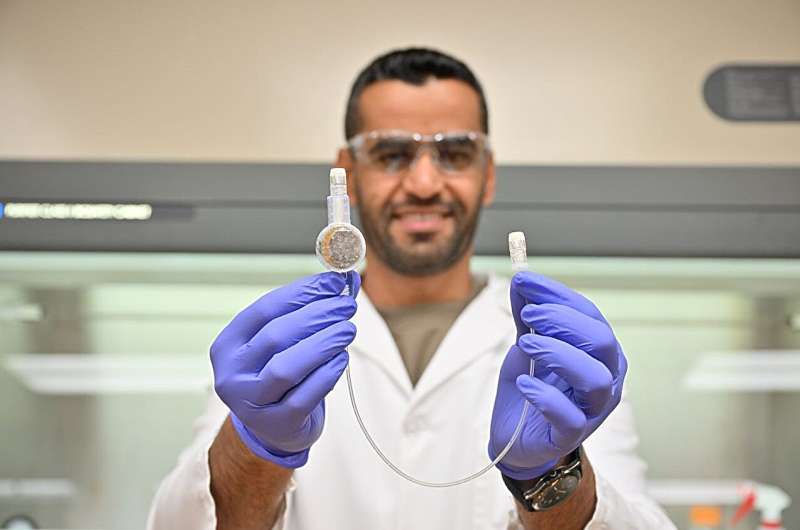Reporting in the journal Biotechnology and Bioengineering, the researchers showed that their e-catheter hub showed “significant antimicrobial activity,” killing off a common type of bacteria that is responsible for hospital infections.
“Our idea was to produce hypochlorous acid, a common disinfectant, at a very low concentration to prevent CLABSI. It eliminated infection,” said Haluk Beyenal, professor in the Gene and Linda Voiland School of Chemical Engineering and Bioengineering and corresponding author on the paper.
Central venous catheters, flexible tubing that are used in many medical procedures to administer fluids or medications, are responsible for about 20% of bloodstream infections.
While hospitals often try to prevent the infections with careful protocols and preemptive antibiotics, the catheters can still be a breeding ground for bacteria, including varieties that are antibiotic-resistant. People handling catheters can easily introduce pathogens when they are connected or disconnected at their hubs, and the danger of infection increases for patients who have a prolonged catheterization.

